Your Skin’s New Best Friend: A Pro’s Guide to DIY Makeup Removers
In all my years as a licensed esthetician, I’ve seen it all. Clients come to me with the same frustrations: breakouts that won’t quit, annoying redness, and skin that just looks… blah. They’ll often show me a bag full of pricey serums and creams, completely stumped about what’s going wrong. And honestly, nine times out of ten, the problem isn’t the fancy stuff they’re putting on. It’s how they’re taking things off.
In this article
Think of it this way: your nightly cleanse is the foundation for everything else. If that step is shaky, no expensive product you layer on top can do its job right.
So many store-bought makeup removers are packed with harsh detergents and alcohols that basically blast your skin’s natural defenses. This can leave your face feeling tight, irritated, and dry. This very problem is what sent me down the rabbit hole of creating gentler, more effective cleansing methods. It all comes back to a simple, timeless idea: using oils to dissolve other oils. It’s the secret behind the double cleansing method we use constantly in the treatment room.
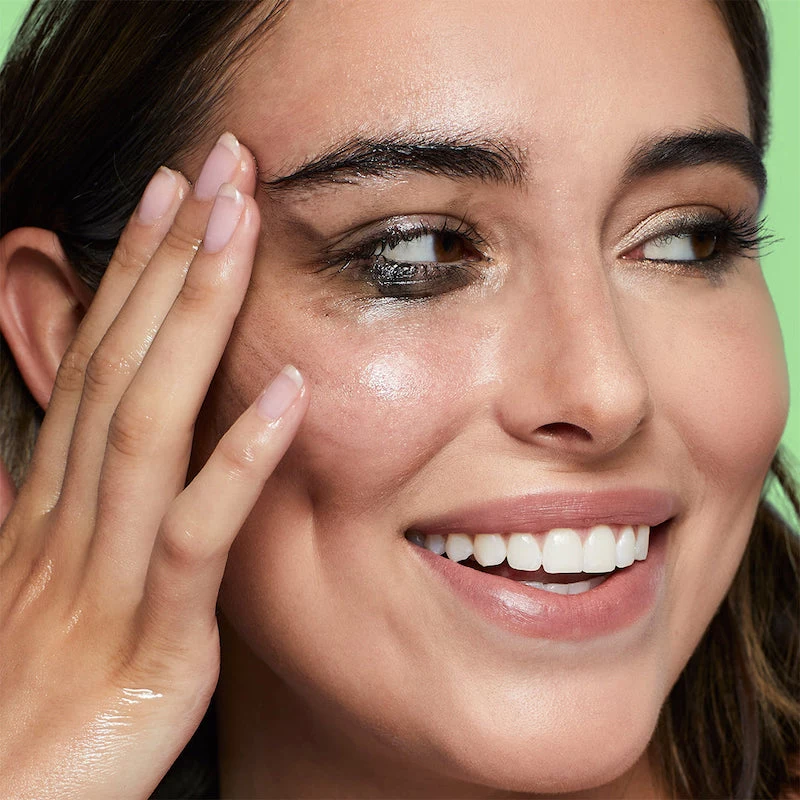
This guide is all about sharing that professional approach with you. We’re not just dumping ingredients in a bowl; we’re going to get into the ‘why’ behind every choice. We’ll talk about the right oils for your skin, how to mix them properly, and the techniques that guarantee a deep, gentle clean. This is the kind of know-how that can truly empower you to take amazing care of your skin.
First Things First: Why Put Oil on Your Face?
I get this question all the time: “Won’t oil make me break out?” It’s a totally valid concern, especially if you already have oily skin. But the answer is all about basic chemistry: like dissolves like. Most makeup, sunscreen, and even the gunk your skin naturally produces are all oil-based. A regular face wash, which is water-based, just can’t break that stuff down effectively. It’s like trying to clean a greasy pan with only water—it just smears the mess around.
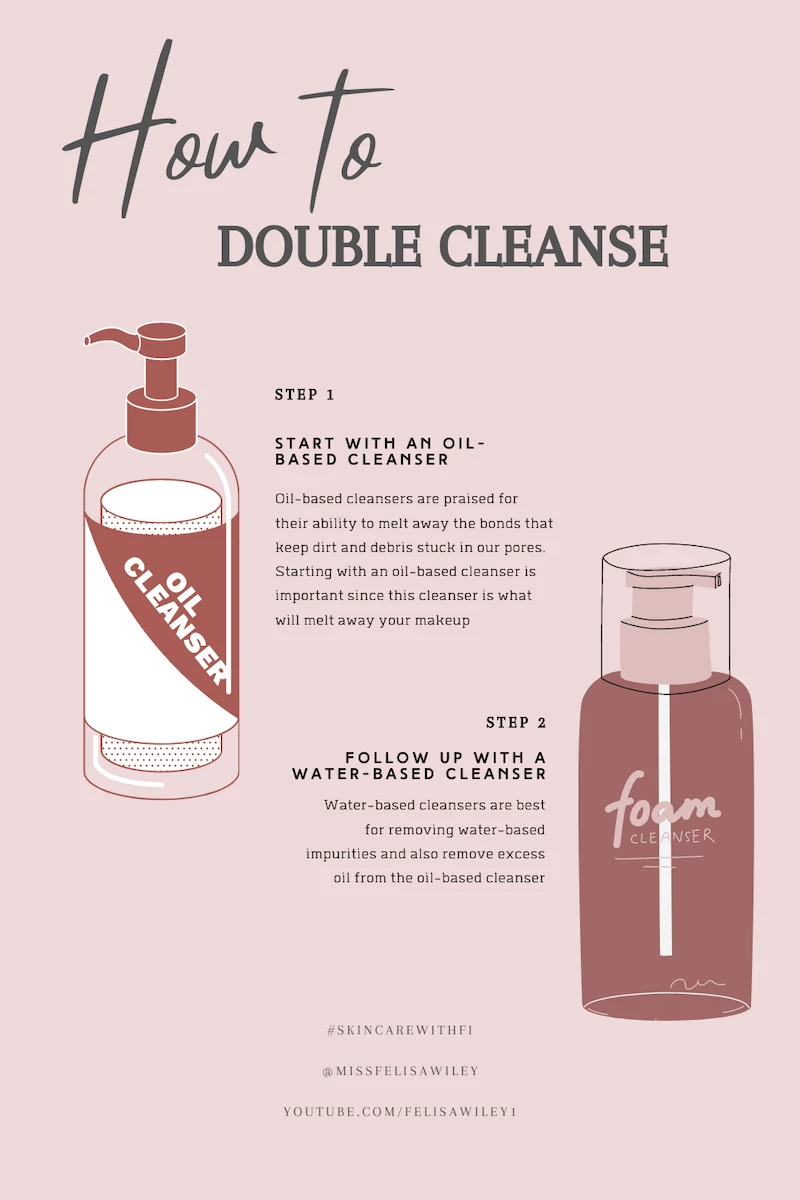
A cleansing oil, on the other hand, works by grabbing onto all those oily impurities. When you massage it onto your dry face, it latches onto the makeup and grime, dissolving it. Then comes the magic part: when you add a little water, a good cleansing oil will emulsify. You’ll know it’s working when the oil on your face turns into a thin, milky liquid. It’s super satisfying to see! That’s the moment all the dirt gets trapped, allowing everything to rinse away cleanly without stripping your skin’s protective moisture barrier.
By the way, that barrier is a big deal. It’s a delicate, slightly acidic layer that fends off bad bacteria and pollution. When harsh cleansers mess with it, your skin is left vulnerable. Following up your oil cleanse with a gentle, water-based cleanser (that’s the “double” in double cleanse!) gets rid of any leftover residue, leaving your skin perfectly clean and prepped for the good stuff.
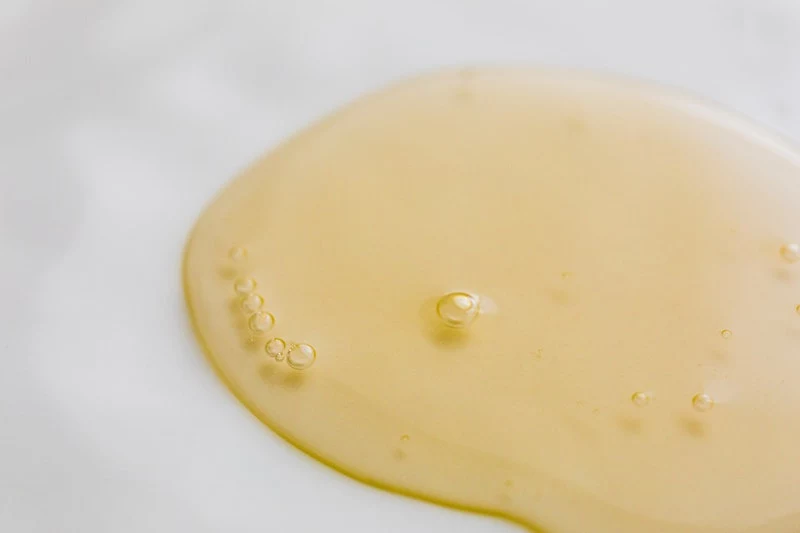
Let’s Talk Carrier Oils: The Heart of Your Cleanser
Before we even think about recipes, we have to talk about carrier oils. They’re the foundation of your makeup remover, and picking the right one is everything. Their properties vary a lot, mostly based on their fatty acid profile and, importantly, their likelihood of clogging pores.
The Comedogenic Scale: A Handy (But Not Holy) Guide
In the skincare world, we often use something called the comedogenic scale. It’s a simple 0-to-5 rating system that gives you an idea of how likely an oil is to clog your pores. A ‘0’ is a sure bet not to, while a ‘5’ is a major risk for congestion.
Here’s a quick rundown:
- 0 – Won’t Clog Pores: Hemp Seed Oil, Safflower Oil, Argan Oil
- 1 – Very Low Likelihood: Rosehip Seed Oil, Castor Oil
- 2 – Moderately Low: Jojoba Oil, Grapeseed Oil, Almond Oil, Olive Oil
- 3 – Moderate: Avocado Oil, Sesame Oil
- 4 – Fairly High: Coconut Oil
- 5 – Very High Likelihood: Wheat Germ Oil
Now, this is just a guideline, not a hard-and-fast rule. I’ll be totally honest, when I was first getting into this, I slathered my face with coconut oil from my kitchen pantry. My dry cheeks loved it, but my T-zone? Not so much. I definitely learned about comedogenic ratings the hard way after a week of clogged pores! My advice is to start with oils rated 2 or lower, especially for your face.

Fatty Acids 101: Linoleic vs. Oleic
Digging a little deeper, oils are made of fatty acids. The two you really need to know about are linoleic and oleic acid.
- High-Linoleic Oils: These are things like grapeseed, safflower, and hemp seed oil. They’re typically lighter and thinner. Fun fact: research shows that people with acne often have less linoleic acid in their natural sebum. Using these oils can help rebalance things, making them a fantastic choice for oily and combination skin.
- High-Oleic Oils: Think richer, more moisturizing oils like olive, avocado, and almond. They’re amazing for dry or mature skin because they’re great at replenishing lost moisture and giving intense hydration.
And yes, you can use the olive oil from your kitchen in a pinch, but it’s often unfiltered and can be a bit heavy for facial skin. If you can, look for a cosmetic-grade version, which is more refined. Understanding this balance is key to blending like a pro. You can even mix them! For example, 80% grapeseed oil with 20% avocado oil could be a great combo for normal-to-dry skin.
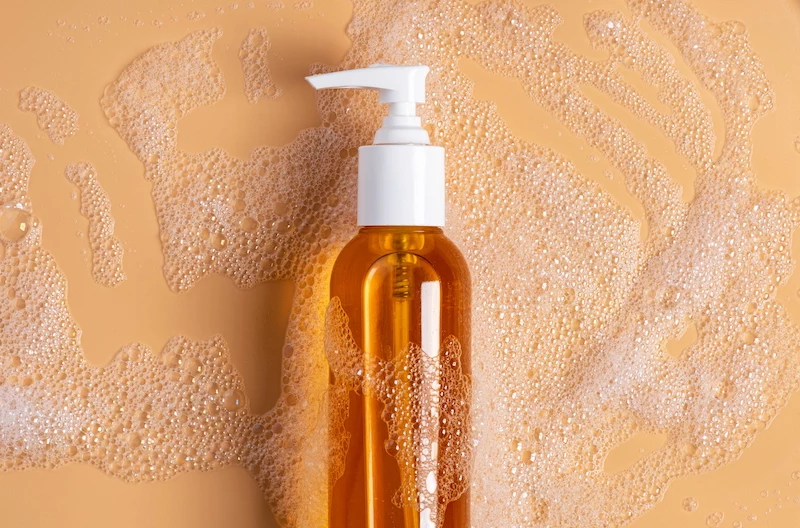
Let’s Get Mixing: Recipes for Every Skin Type
Okay, let’s get to the fun part. These recipes are broken down by skin type. I’ll give measurements in tablespoons for convenience and grams for anyone who wants to be super precise. A small digital kitchen scale (around $10-15 on Amazon) is a great investment if you get into this.
Heads up! A critical safety note: If a recipe contains any water, aloe, or floral water, it can grow bacteria and mold like crazy. Without a proper preservative, these are only safe for 2-3 days in the fridge. The oil-only recipes below have a much longer shelf life (around 6-12 months) if you store them in a cool, dark place.
1. Cleansing Oil for Oily & Acne-Prone Skin
The mission here is to dissolve oil and makeup without causing more problems. We’re leaning on those light, high-linoleic oils.
- Grapeseed Oil: 60g (about 4 tbsp). Lightweight and a great solvent for makeup.
- Hemp Seed Oil: 30g (about 2 tbsp). This is a hero for angry skin. It has a ‘0’ comedogenic rating and is anti-inflammatory. Look for the cold-pressed, green kind.
- Castor Oil: 10g (about 2 tsp). This one is optional, but it’s a fantastic cleansing agent that helps pull gunk from pores. A little goes a long way.
- Vitamin E Oil: 1g (about 1/4 tsp). This isn’t for your skin, but to act as an antioxidant that keeps the other oils from going bad too quickly.
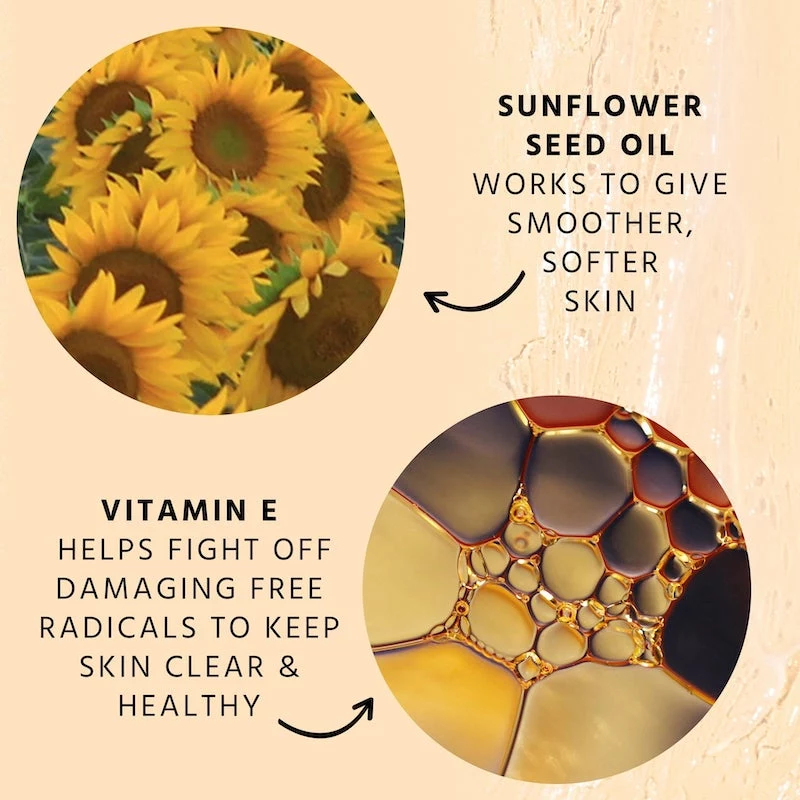
2. Hydrating Cleansing Oil for Dry & Mature Skin
Here, we need rich, nourishing oils that support the skin barrier. High-oleic oils are your best friends.
- Avocado Oil: 50g (about 3.5 tbsp). Deeply nourishing and packed with vitamins.
- Sweet Almond Oil: 30g (about 2 tbsp). Gentle, moisturizing, and gives a wonderful ‘slip’ for massage.
- Jojoba Oil: 20g (about 1.5 tbsp). This is a unique one—it’s technically a wax ester that’s super similar to our skin’s own sebum, making it great for balancing all skin types.
- Vitamin E Oil: 1g (about 1/4 tsp). Just to protect the formula.
3. Balanced Cleansing Oil for Normal & Combination Skin
This is a great middle-of-the-road option if you’re not too dry or too oily. It cleanses effectively without being too heavy or too light.
- Jojoba Oil: 50g (about 3.5 tbsp). The perfect balancing base for this blend.
- Grapeseed Oil: 30g (about 2 tbsp). To keep things light and help dissolve impurities.
- Safflower Oil: 20g (about 1.5 tbsp). A gentle, non-clogging oil that adds a bit of moisture.
- Vitamin E Oil: 1g (about 1/4 tsp). For shelf life.
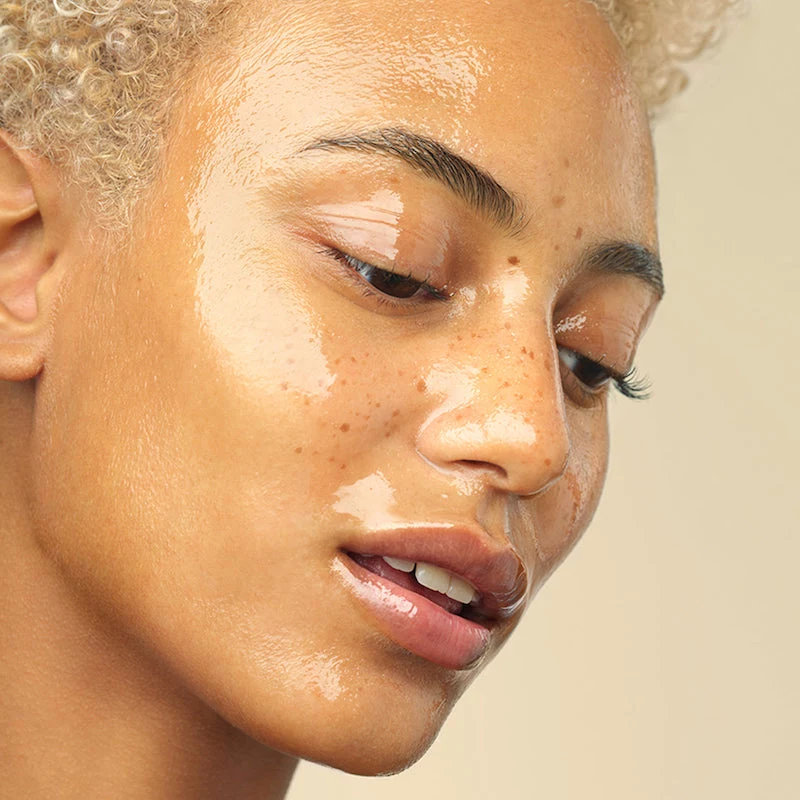
4. Soothing Cleansing Balm for Sensitive Skin
Balms are solid at room temperature and melt on your skin, which feels amazing. They create a protective cushion that’s perfect for sensitive types.
A quick tip on melting: Always use a double boiler or a glass bowl set over a pot of simmering water. Direct heat can destroy the good stuff in your oils. Keep the temperature low and slow.
- Shea Butter: 40g (about 2.5 tbsp). Super nourishing and known for its calming properties. Unrefined is best!
- Safflower Oil (High-Oleic): 40g (about 2.5 tbsp). Very gentle, with a ‘0’ comedogenic rating.
- Beeswax or Candelilla Wax (for a vegan option): 15g (about 1.5 tbsp of pellets). This gives the balm its solid texture.
- Calendula Extract (in oil): 5g (about 1 tsp). Calendula is a rockstar for calming down redness and irritation. You can buy it pre-infused in a carrier oil.
Your Quick Win Today: Feeling a bit overwhelmed or don’t have these ingredients yet? No problem. Just start with 100% Safflower Oil (it’s cheap and has a comedogenic rating of zero!). Use it for a week to get a feel for the method before you start blending. Or, even simpler: just try the 60-second massage technique described below with your current cleanser tonight. The extra massage time alone can boost circulation and give you a glow.
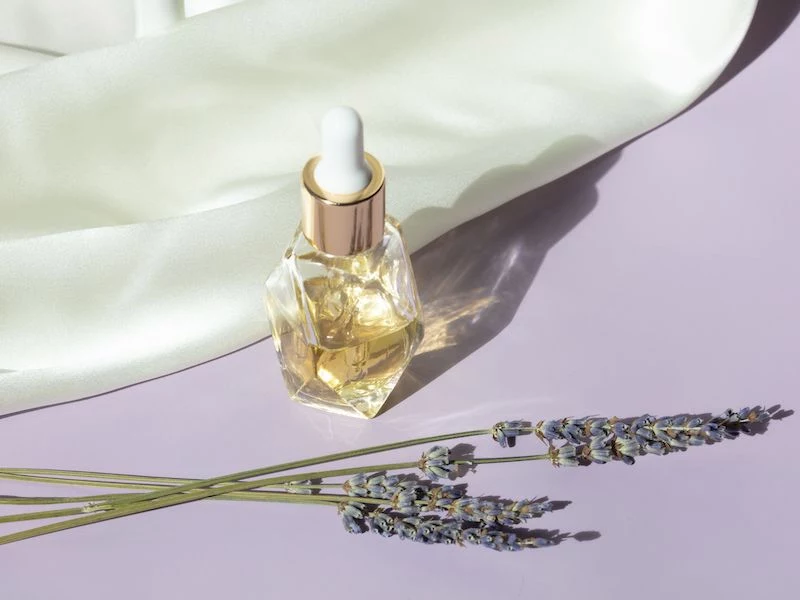
How to Use It Like a Pro
The technique is just as important as the formula. I teach every client this 60-second massage method. It turns cleansing from a chore into a mini spa treatment.
- Start Dry: This is non-negotiable! Take a quarter-sized amount of oil (or a pea-sized amount of balm) into clean, DRY hands and apply it to your DRY face. This lets the oil grab onto makeup effectively.
- Warm and Massage: Rub your palms together to warm the product, then start massaging your face in gentle circles for a full 60 seconds. Really let the oil do the work of melting everything down. Use your ring finger (it has the lightest touch) for the delicate eye area.
- Emulsify: Wet your hands with warm water and go back to massaging your face. You’ll see the oil turn milky. This is the key step that traps all the grime so it can be rinsed off.
- Remove: Soak a soft washcloth in warm water, wring it out, and gently wipe everything away. This provides a light exfoliation and ensures no residue is left.
- Second Cleanse: Now that the makeup is gone, follow up with your regular gentle, water-based cleanser to clean your actual skin. Pat dry, and you’re done!
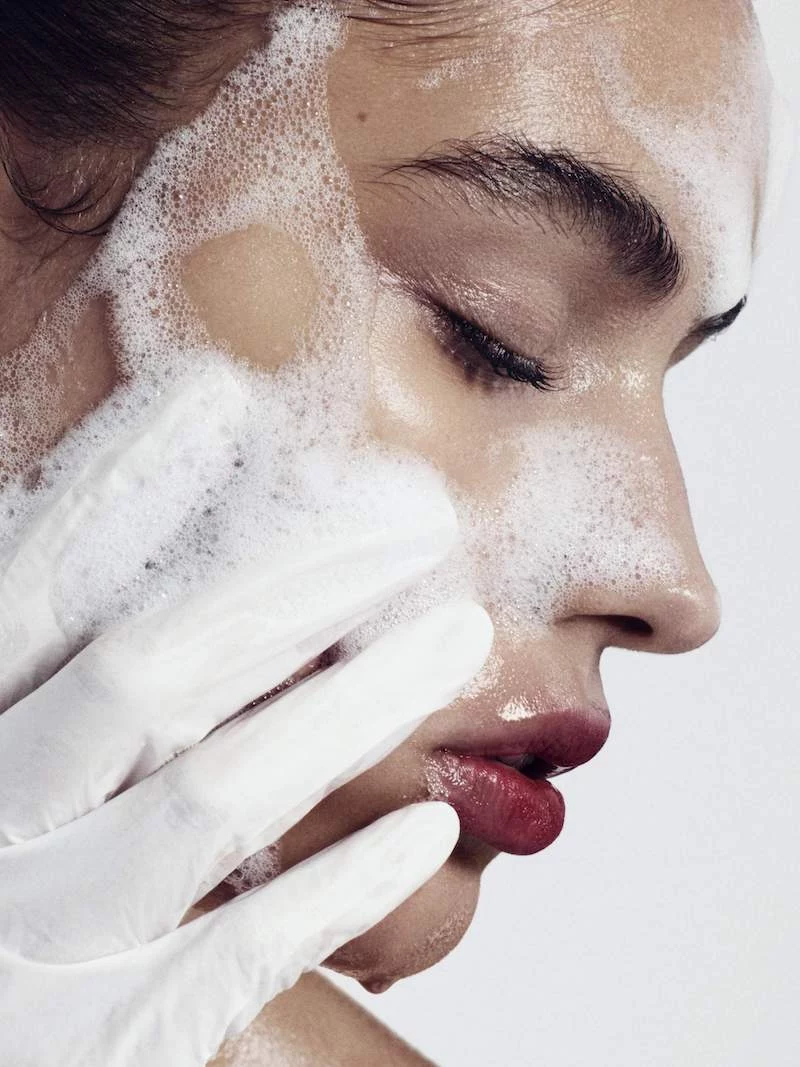
Troubleshooting & Pro Tips
Even with a perfect recipe, sometimes things need a little tweaking. Here are some common issues.
- “My skin feels greasy after.” This usually means you either used too much oil or you didn’t focus enough on the emulsifying and washcloth steps. Try using less product next time!
- “My waterproof mascara won’t budge.” To be frank, some modern waterproof formulas are like cement. For those, you might need a dedicated bi-phase remover. It’s okay to have a special tool for a tough job. This is about what works, not about being a purist.
- “I think I’m breaking out.” First, make sure you’re double cleansing thoroughly. If you are, you might be sensitive to one of the oils. Try switching to a blend with a lower comedogenic rating, like the one for oily skin, or even just plain hemp seed oil. And always, always patch-test a new formula on your jawline for a few days first.
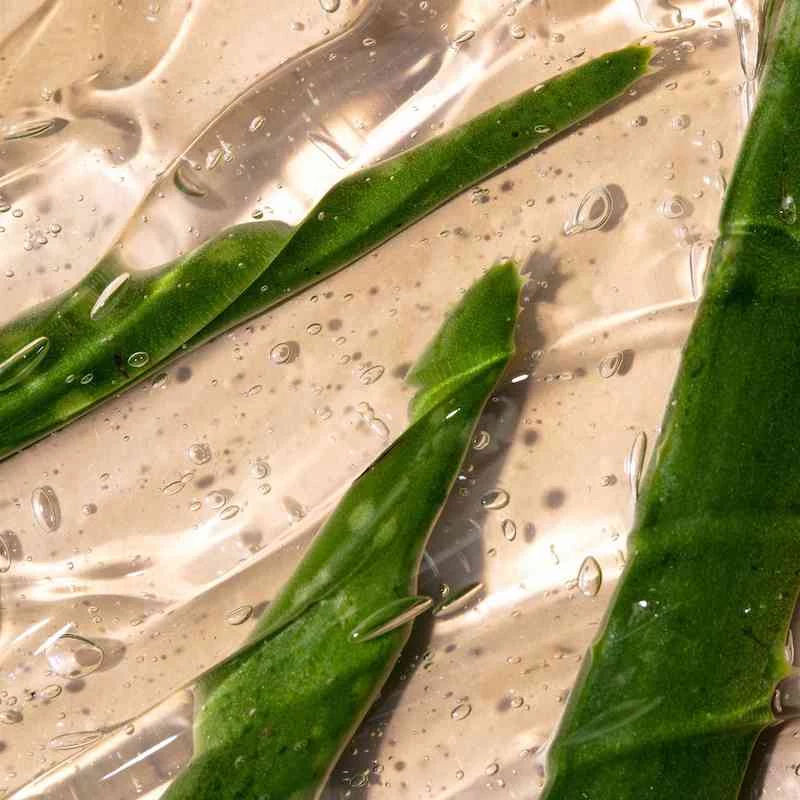
The Nitty-Gritty: Cost, Sourcing, and Safety
Let’s talk logistics. Is this actually cheaper? Your initial investment for a few oils might be around $25 to $40, which sounds like a lot. But those bottles will let you make 3-4 batches, lasting you well over six months. That breaks down to just a few dollars per bottle, which is a massive saving compared to a $35 cleansing balm from a high-end store.
You can find good quality starter oils at places like Whole Foods, or online from accessible brands like NOW Solutions or Cliganic on Amazon. For specialty ingredients, I look at online cosmetic and soap-making suppliers.
And remember, sanitation is everything. Clean hands, clean tools, and clean bottles. Once you have your ingredients, mixing up a fresh bottle of cleansing oil takes less than five minutes. Seriously. Write the date on your bottle and if it ever smells off (like old crayons), toss it. For anything made with water, make a tiny batch and use it up within three days from the fridge. And of course, while these recipes are amazing for daily care, if you have a serious skin condition like cystic acne or rosacea, please see a professional dermatologist or esthetician. These recipes are a support tool, not a cure.
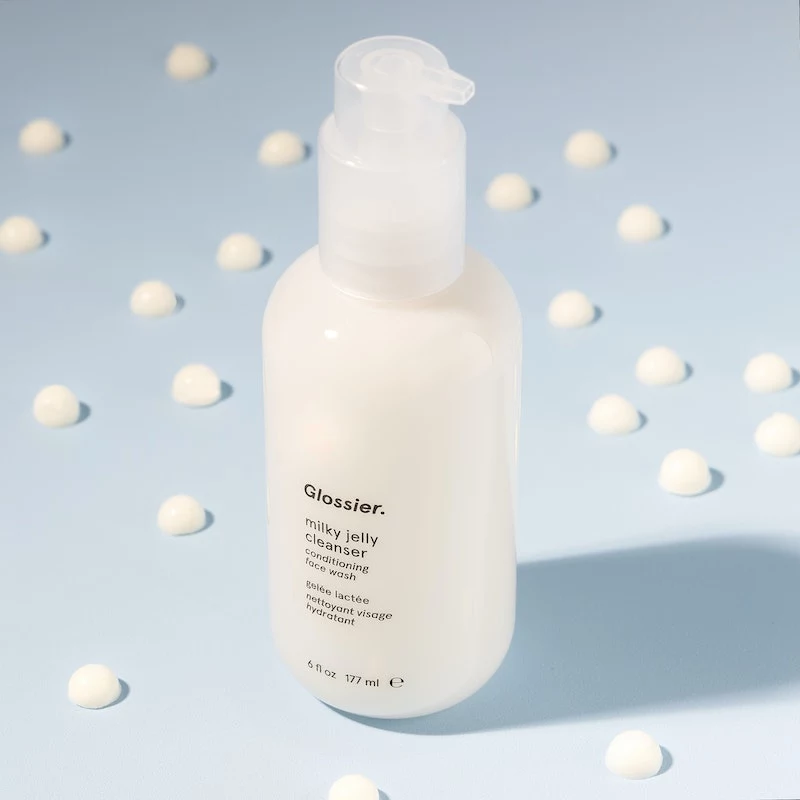
Creating your own skincare is so rewarding. You get total control, and it connects you to what you’re putting on your body. It’s the most foundational step you can take toward a lifetime of healthy, glowing skin.
Inspirational Gallery
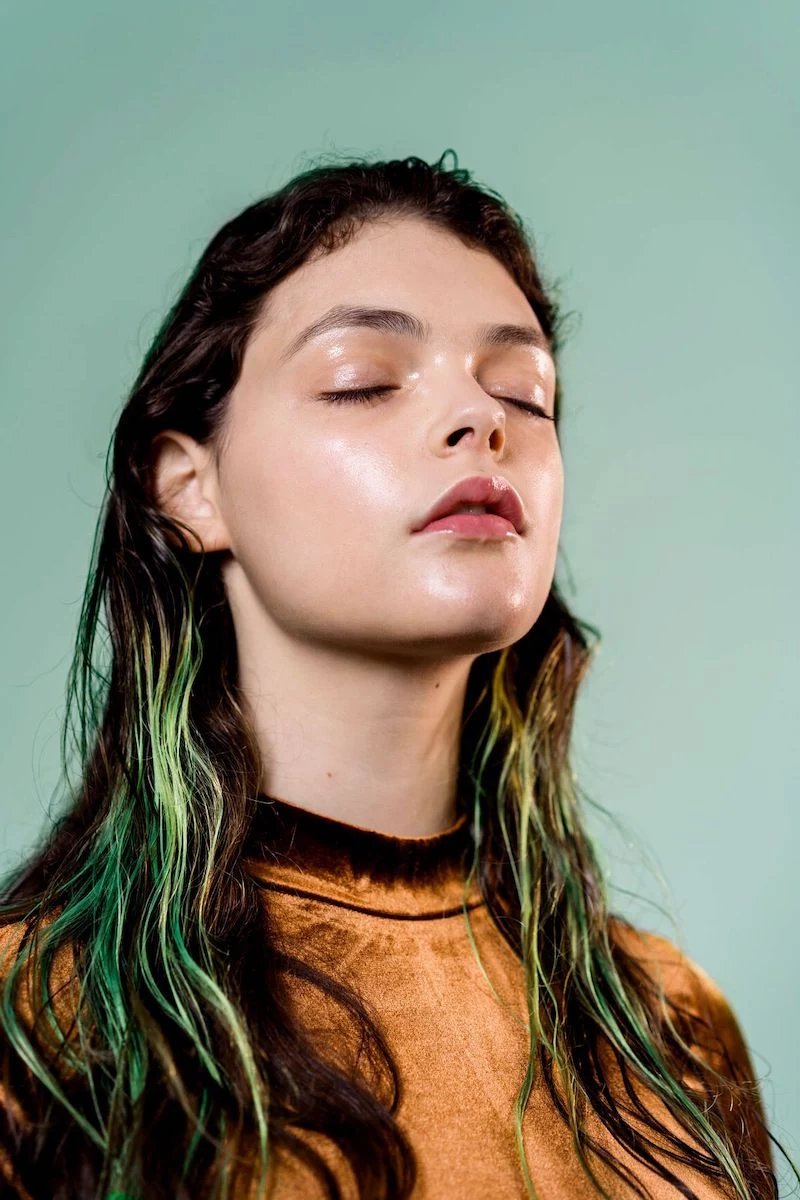
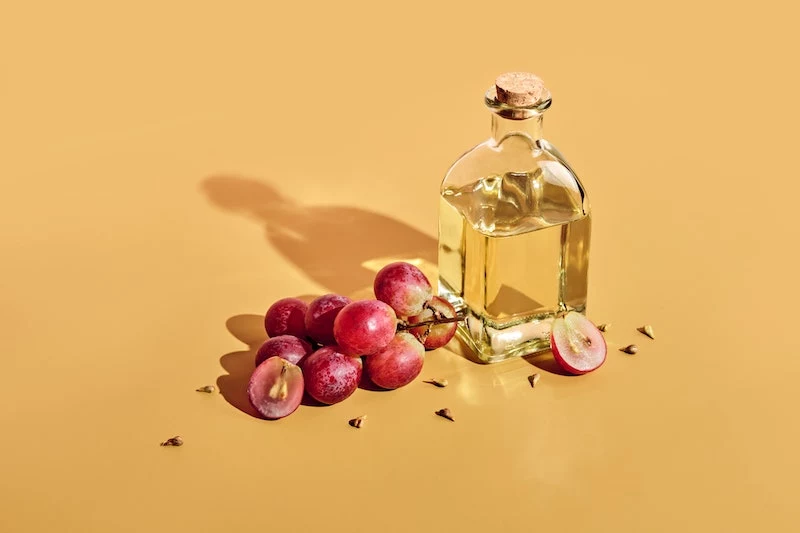
Jojoba Oil: Structurally very similar to your skin’s natural sebum, making it an excellent choice for almost all skin types, including oily and acne-prone. It helps balance oil production.
Sweet Almond Oil: Rich in Vitamin E, it’s incredibly nourishing and gentle, perfect for dry or sensitive skin. It has a slightly richer feel that melts away stubborn makeup.
Choose based on your primary skin concern for a truly personalized cleanse.

A single makeup wipe can take up to 100 years to decompose in a landfill.
Switching to a reusable cotton or microfiber pad with your DIY remover isn’t just a skin-friendly choice; it’s a significant step toward a more sustainable beauty routine. One bottle of cleansing oil can replace hundreds of single-use wipes.
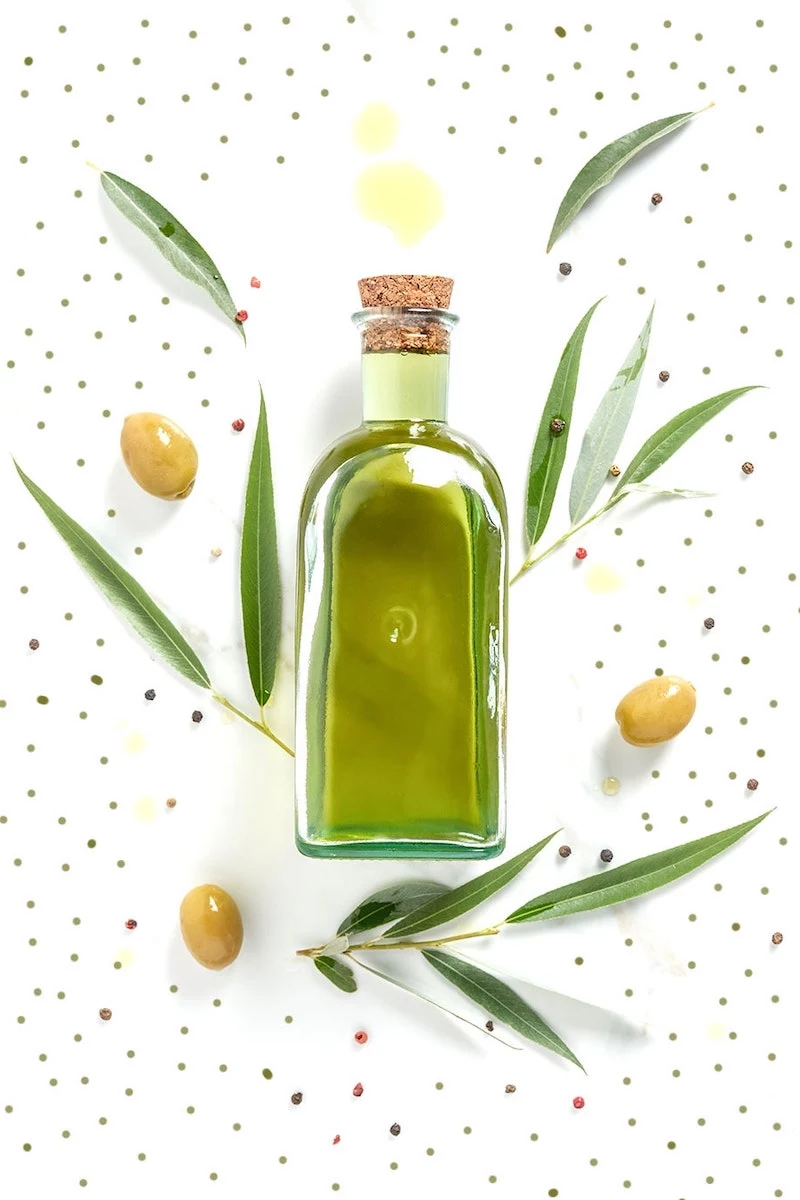
Is my homemade remover safe?
Your biggest enemies are bacteria and oxidation. To keep your creation fresh and effective, always use a clean, dry pump bottle (preferably dark glass to protect from light) and add a few drops of Vitamin E oil. It’s a natural antioxidant that helps prolong the shelf life of your carrier oils.
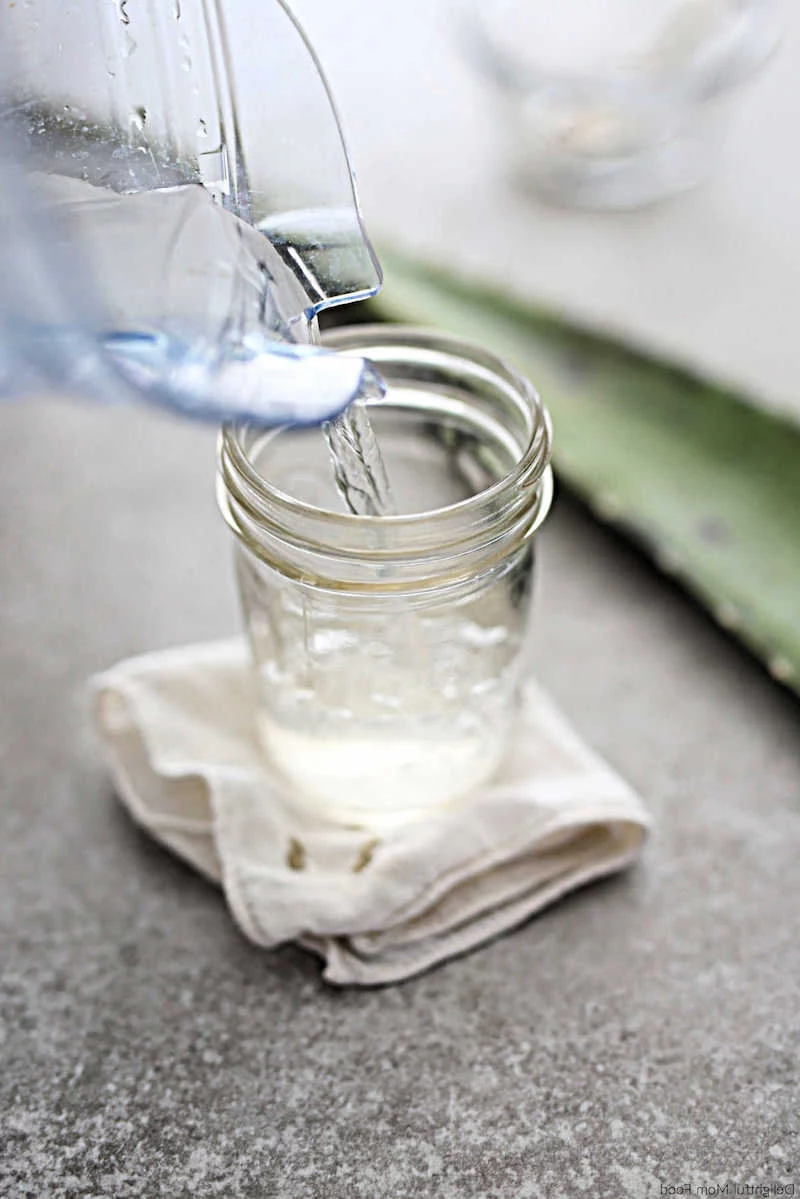
- Removes every trace of waterproof mascara
- Helps condition lashes and brows
- Incredibly budget-friendly
The secret? A simple blend of oils. For a potent eye makeup remover, try mixing two parts fractionated (liquid) coconut oil with one part castor oil in a small dropper bottle. The coconut oil dissolves makeup, while castor oil is famed for its lash-strengthening properties.
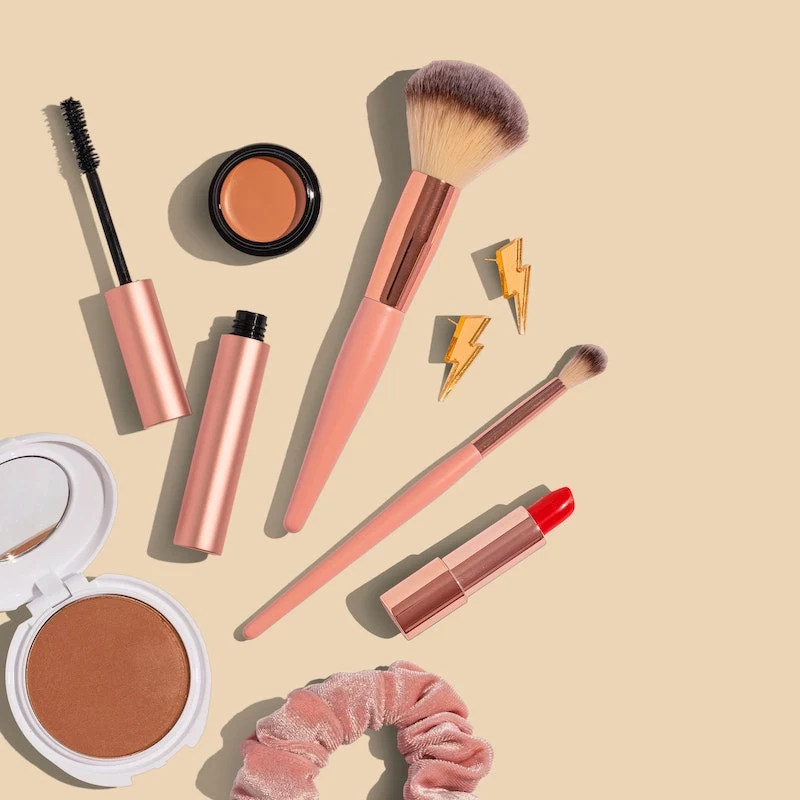
The key to a luxurious and effective oil cleanse lies in the massage. Use your fingertips to gently massage the oil in upward, circular motions for a full 60 seconds. This not only dissolves makeup and sunscreen but also boosts circulation, drains lymph, and turns a daily chore into a mindful ritual.
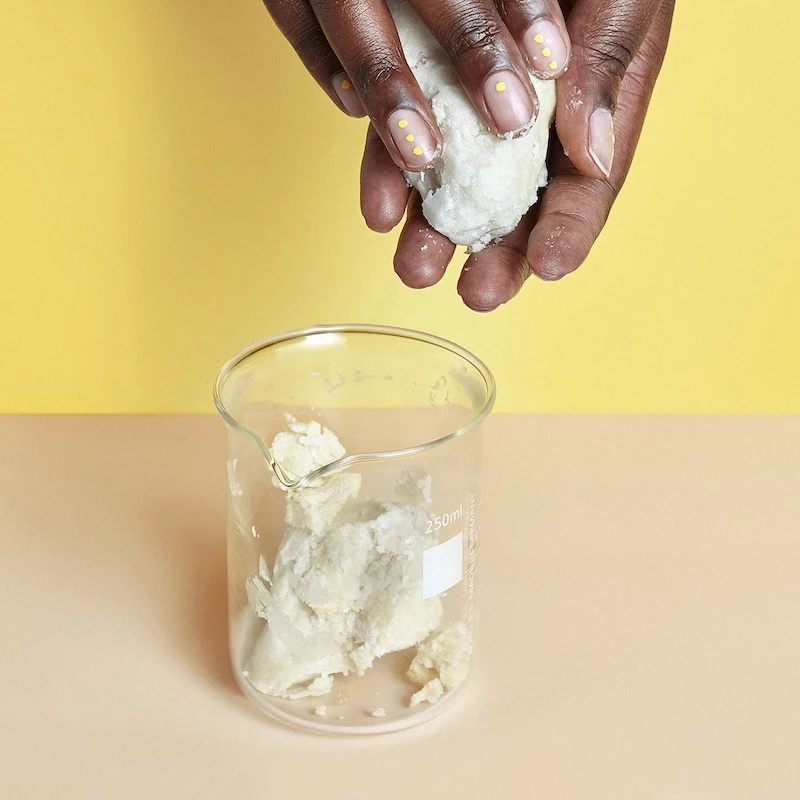
“The concept of using oil to cleanse the skin is rooted in the principle that ‘like dissolves like.’ Oil-based cleansers are highly effective at removing oil-based substances like makeup, sebum, and sunscreen.” – Dr. Hadley King, NYC Board-Certified Dermatologist
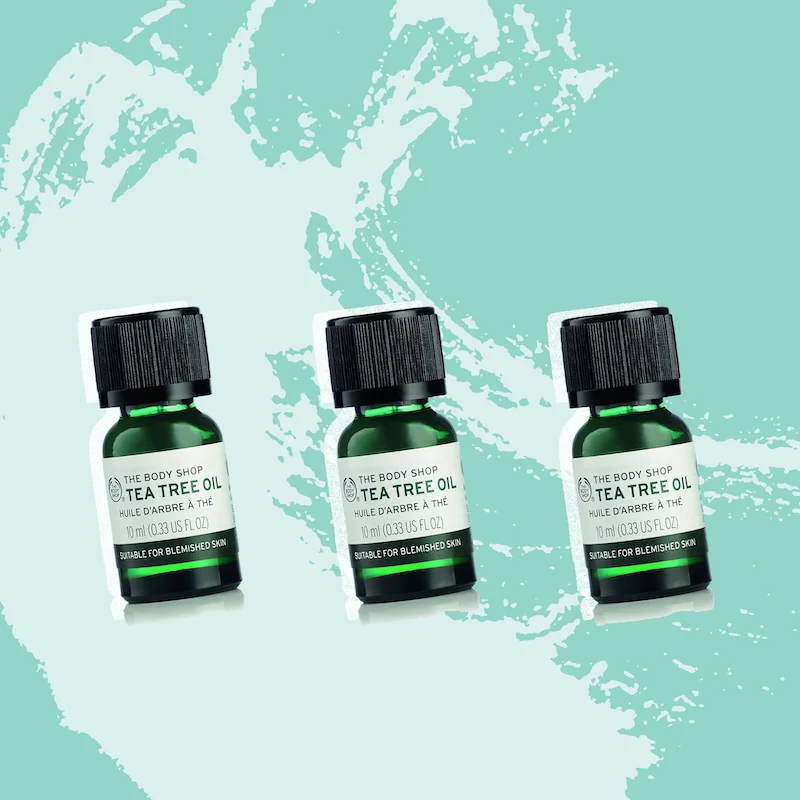
Don’t skip the second step: An oil cleanser is designed to be the first step in a ‘double cleanse’ routine. Its job is to break down oil-based impurities. Always follow up with a gentle, water-based cleanser to wash everything away and purify the skin, ensuring no residue is left behind.

For an ultra-gentle, soothing experience, especially for irritated or rosacea-prone skin, consider infusing your carrier oil. Simply place a dried chamomile tea bag (from a brand like Traditional Medicinals) or a tablespoon of dried calendula flowers into 1/2 cup of sweet almond or grapeseed oil. Let it sit in a sealed jar in a sunny spot for a week, then strain. Your skin will thank you.
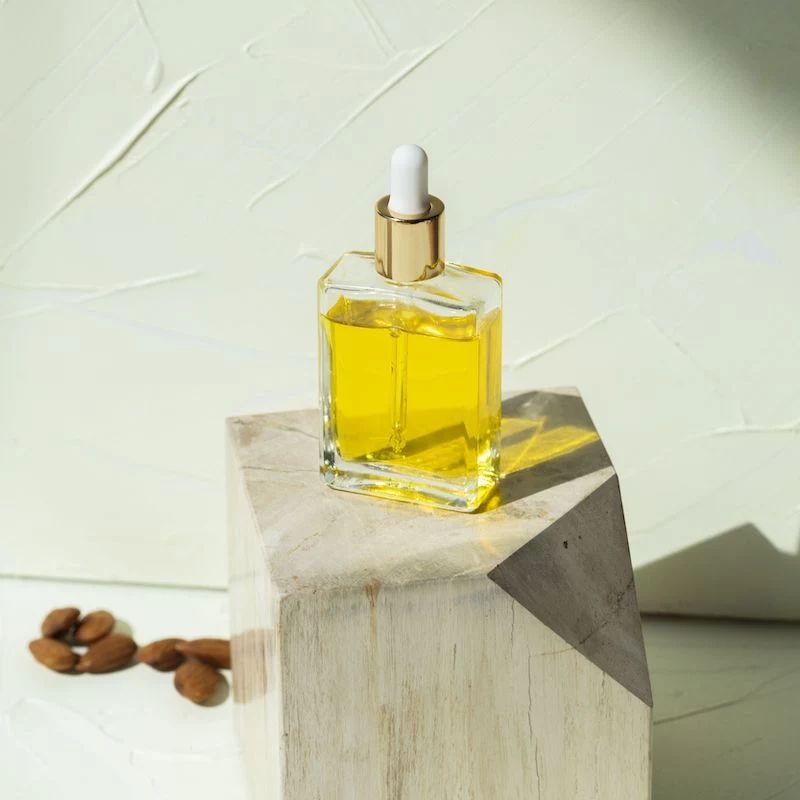
Even natural ingredients can cause reactions. Before applying any new DIY mixture to your face, perform a patch test. Apply a small amount to a discreet area, like behind your ear or on your inner wrist, and wait 24 hours to check for any signs of redness or irritation.

- Grapeseed Oil: Lightweight and non-comedogenic.
- Witch Hazel (alcohol-free): To tone and refresh.
- A touch of vegetable glycerin: A humectant to add hydration.
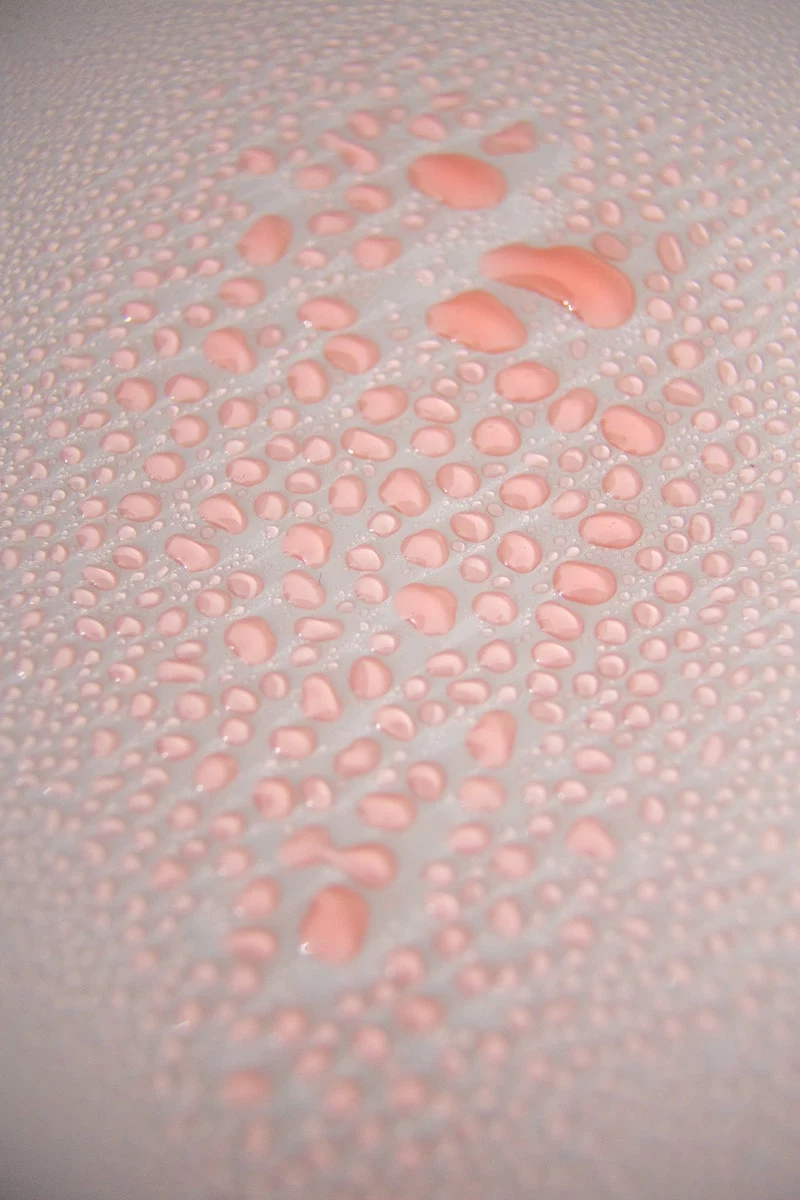
Want that clean-rinsing feel of a store-bought oil?
The magic ingredient is an emulsifier. While not strictly necessary for a simple DIY, adding a mild, plant-derived solubilizer like Polysorbate 80 or Cromollient SCE (at about 10% of your total formula) will allow your oil to mix with water and rinse away cleanly, leaving no greasy film behind. You can find these from online DIY cosmetic suppliers.
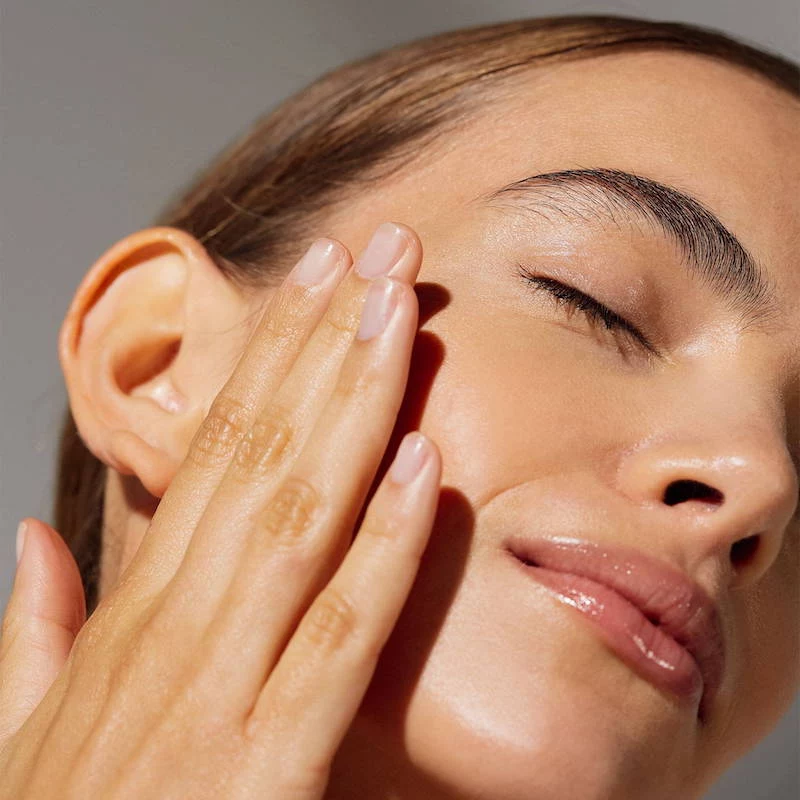
Don’t overlook the oils in your kitchen! High-quality, cold-pressed olive oil can be a fantastic makeup remover for dry skin types, just as ancient Romans used it. Similarly, organic sunflower oil, like the one from La Tourangelle, is rich in linoleic acid, making it surprisingly suitable for combination and even acne-prone skin.
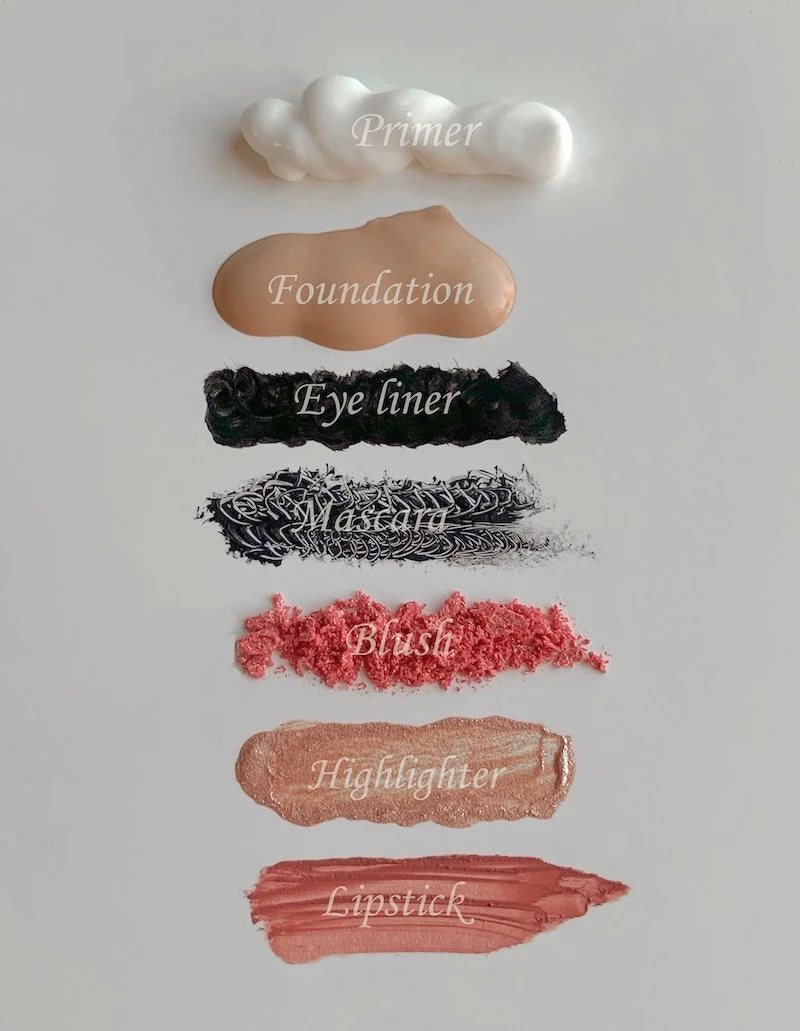
For Oily/Acne-Prone Skin: Grapeseed or Hemp Seed Oil. They are light, have a low comedogenic rating, and help balance sebum.
For Dry/Mature Skin: Avocado or Sweet Almond Oil. These are richer, deeply nourishing, and packed with vitamins.
For Sensitive Skin: Jojoba or Apricot Kernel Oil. Both are exceptionally gentle and known for their soothing properties.

Rosehip oil is naturally rich in trans-retinoic acid (a form of Vitamin A), which is known for its regenerative properties.
While too precious for a full-face remover, adding a few drops of a quality cold-pressed rosehip oil, like the one from The Ordinary or Pai Skincare, to your main blend can provide anti-aging and texture-smoothing benefits during your cleansing routine.
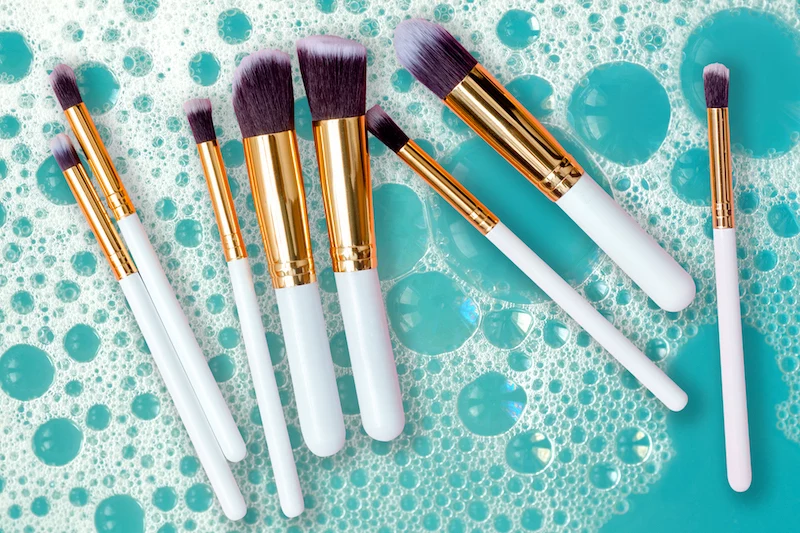
Create a bi-phase remover for a lighter touch, perfect for eyes. In a clear bottle, combine equal parts of an oil and a water-based liquid. Shake well before each use.
- Oil Phase: Fractionated Coconut Oil or Camellia Seed Oil.
- Water Phase: Try rosewater, cornflower hydrosol (great for tired eyes), or even cooled green tea.
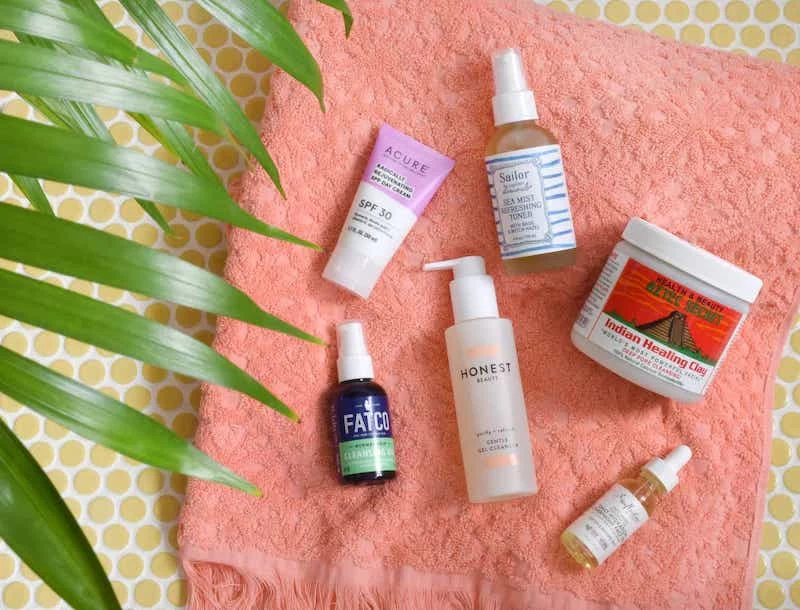
The tool you use for removal matters. Instead of splashing messily, use a soft, warm, damp cloth to wipe the oil away. A dedicated muslin or bamboo face cloth not only removes every last trace of makeup and oil but also provides gentle exfoliation. It elevates the entire experience to a mini facial.
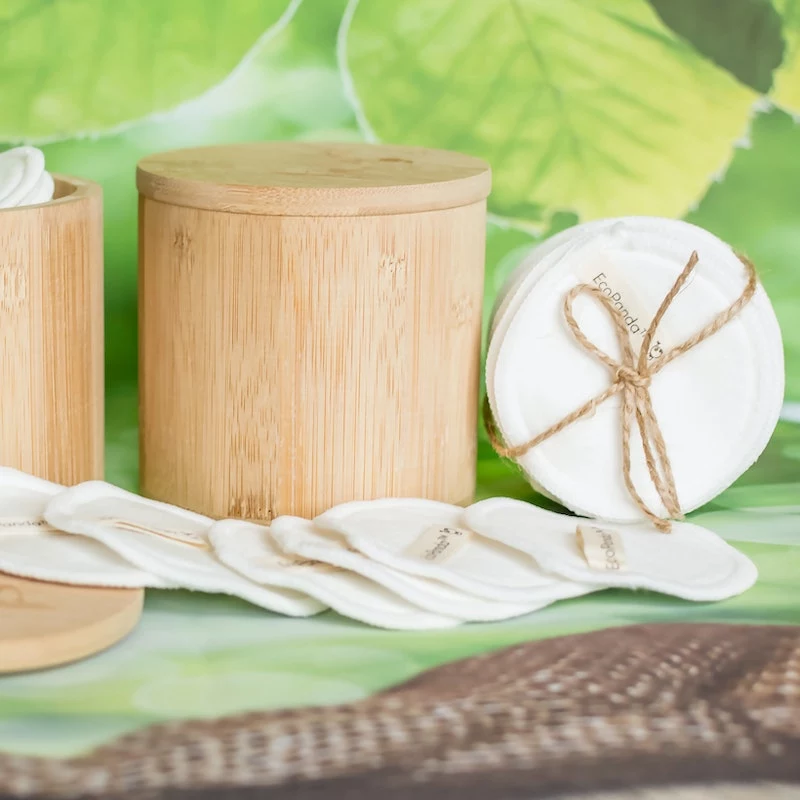
A common mistake: applying cleansing oil to a damp face. For the oil to effectively bind with and dissolve the oils in your makeup and on your skin, it must be massaged onto a completely dry face. Only add water at the very end to emulsify and rinse.
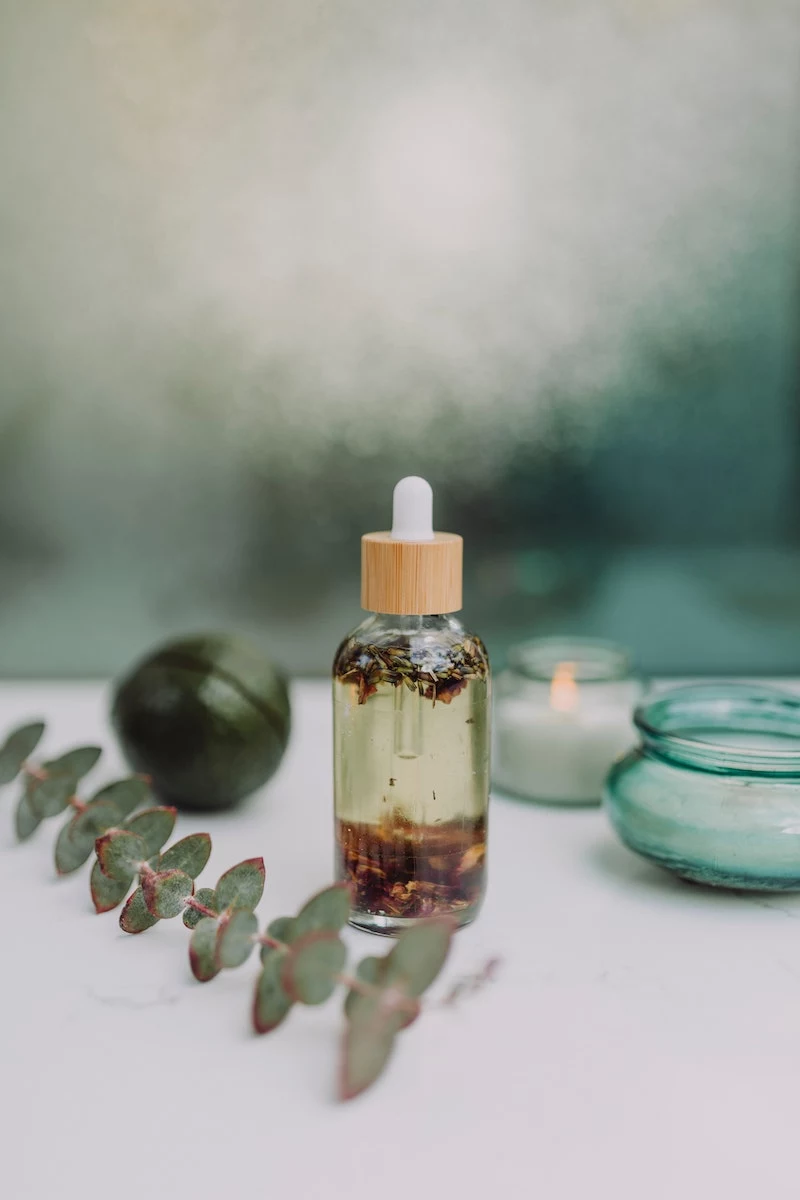
Did you know? The skin around your eyes is up to 10 times thinner than the skin on the rest of your face.
This is why tugging and rubbing with harsh removers can lead to premature fine lines and irritation. An oil-based remover provides the necessary ‘slip’ to dissolve makeup with minimal pressure, preserving this delicate area.
While many essential oils have skin benefits, they must be used with extreme caution in a makeup remover, especially around the eyes. If you want to add a scent, stick to skin-safe options like lavender or frankincense and use a maximum dilution of 0.5% (that’s just 1 drop per 10ml of carrier oil). Never use phototoxic oils like lemon or bergamot in a product that may not be fully rinsed off.










